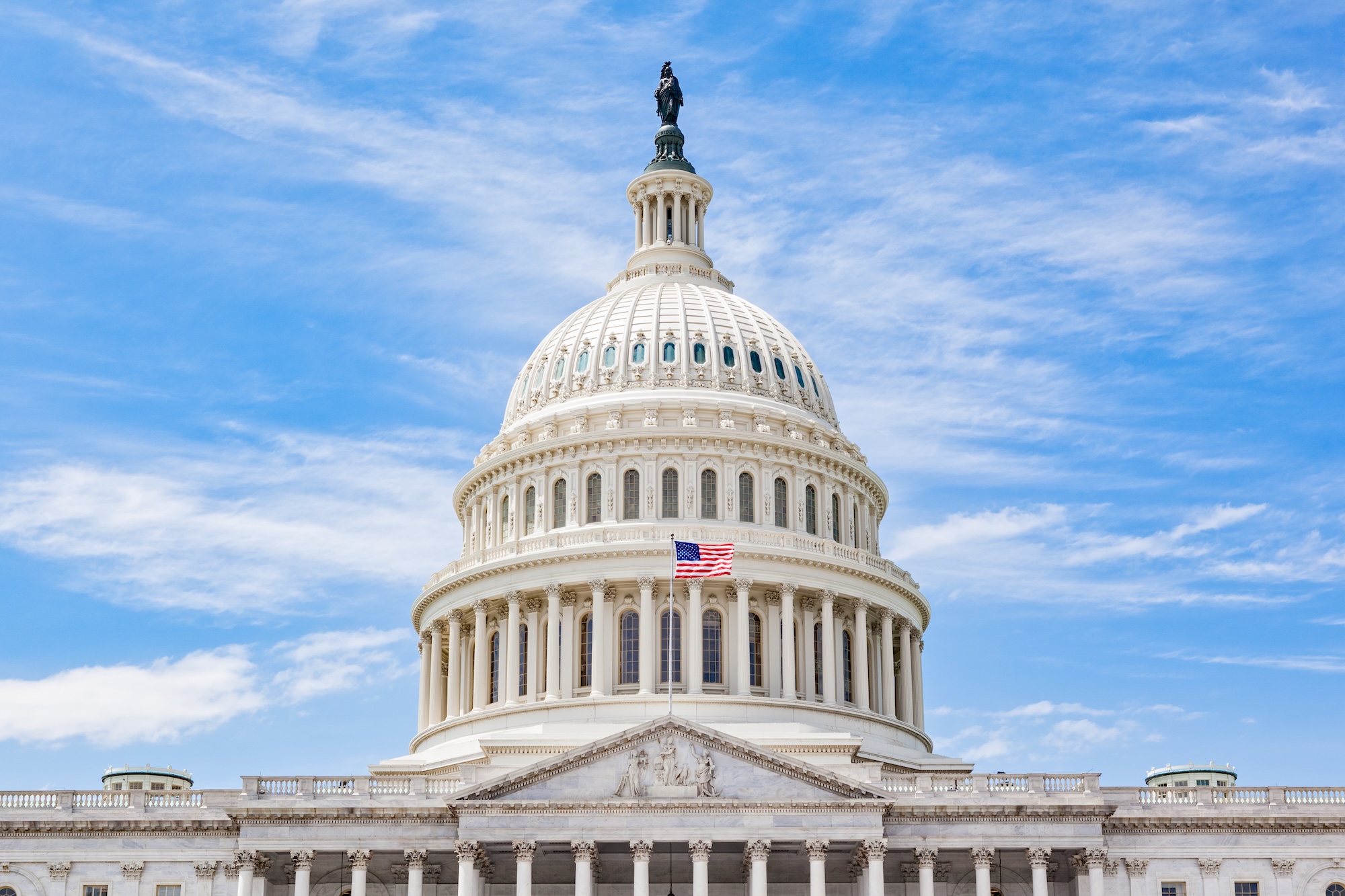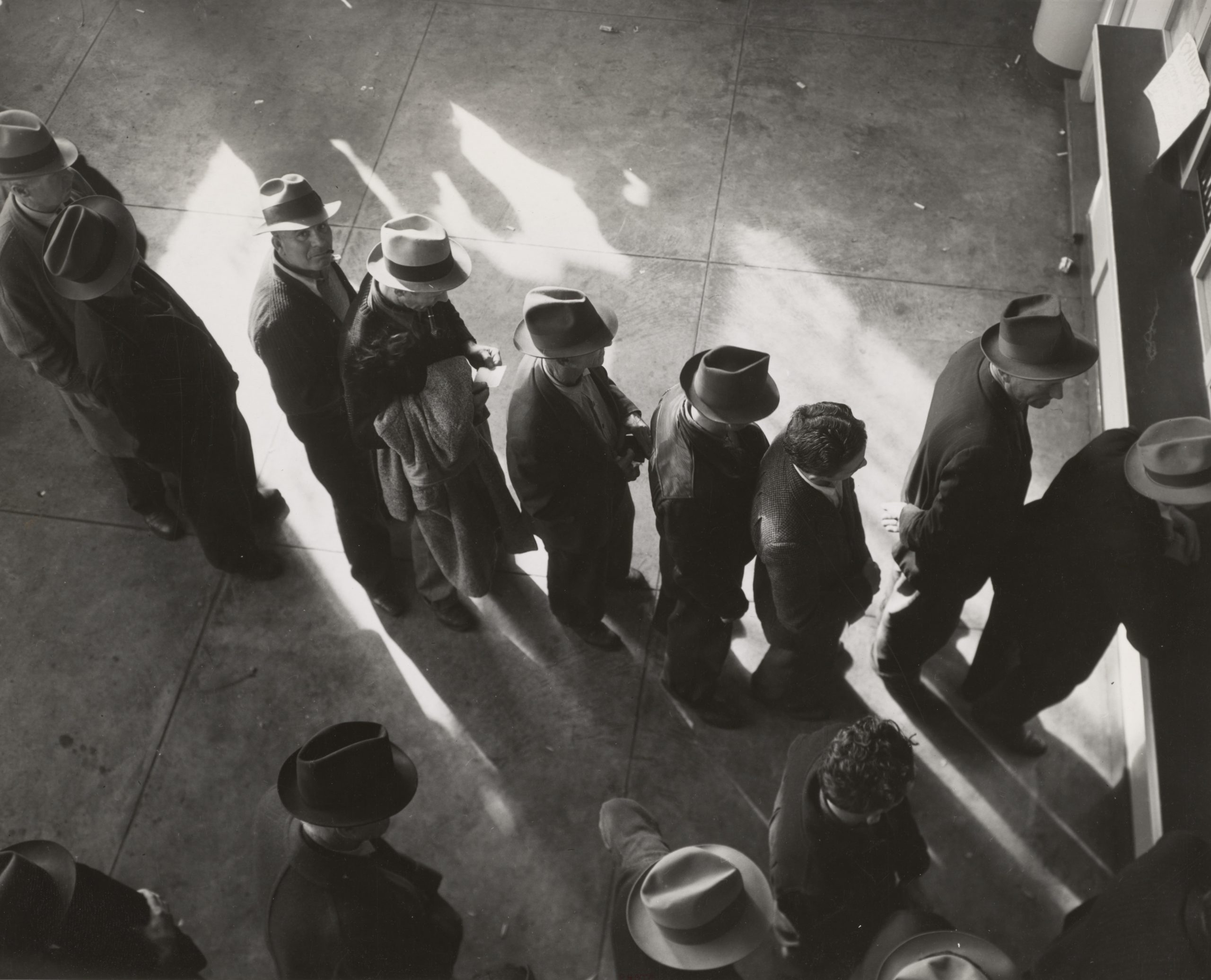

The traditional Republican playbook for state success is too simplistic.
RECOMMENDED READING
There’s a popular narrative around state policy that goes something like this: People are fleeing high-tax, high-regulation, repressive blue states like California and New York for low-tax, low-regulation, high-freedom states like Texas and Florida.
There’s an element of truth in this. Texas and Florida have Republican governance, no income taxes, and are booming. But it’s an overly simplistic narrative. Other factors like climate, technology, and trade also play a major role in determining which cities and states are successful.
To see this, look at what happened when this supposed red state playbook was tried outside of the Sunbelt. In 2012, Kansas Governor Sam Brownback pushed through a major income tax cut that became known as the “Kansas experiment,” a phrase originating with a quip from Brownback himself. The top income tax rate was cut from 6.45% to 4.9%. The bottom income tax rate was cut from 3.5% to 3%. Taxes on pass-through income—that is, from sources like S-corporations—were eliminated entirely.
But the Brownback cuts didn’t produce a growth boom in Kansas. In fact, job growth was below average in the state in the period after the cuts. The tax cuts did, however, produce a fiscal crisis in the state that forced reductions in services. The GOP-controlled legislature ended up repealing most of the tax cuts in 2017, overriding Brownback’s veto.
Indiana is a similar story. It has had a Republican governor since 2005 and Republican control of the legislature since 2011. Indiana has pushed through the full panoply of Republican policy solutions. It enshrined property tax caps in the state constitution. It passed multiple tax cuts on businesses and residents. It is essentially debt free, with a AAA credit rating, and large surpluses. It has sent out multiple rounds of tax rebate checks. It cut environmental regulations. It passed a right-to-work law that prohibited employees from being forced to join a union. It has aggressively promoted school choice, with some unique laws such as one forcing public school districts to sell any unused buildings to charter schools for just $1. The Tax Foundation presently ranks Indiana 10th in the nation for its business tax climate.
All of these policies have done little to nothing to lift the fortunes of the state. It is growing in population—and Republicans officials like to boast that the state’s population growth rate is higher than its Midwestern neighbors—yet that growth falls far below the national average. The state’s labor force is only projected to grow by a total of 1.6% through 2045, according to the Indiana Business Research Center. Barring some change in this trend, that means the era of job growth in Indiana is effectively over, since you can’t create jobs if there’s no one to fill the positions. Under Republican leadership, the state’s disposable incomes relative to the national average started out low, and have gotten even lower. It ranks in the bottom ten states for college degree attainment: Economist Michael Hicks recently found, not only are current numbers troubling, but that the state is falling even further behind the nation in educational attainment. The number of graduating high school seniors in the state going to college has fallen significantly. A year after the state mailed out a billion dollars in tax rebate checks, it had an “unexpected” shortfall in its Medicaid budget that it wants to cover in part by cutting services to families with severely disabled children.
Kansas and Indiana show that the traditional Republican playbook of tax cuts and right-to-work laws is not some magic formula for producing growth and prosperity. Rather, other factors count for a lot. Since the 1960s, the best predictor of population growth at the state level has been average January temperature. People have been moving to the Sunbelt for a very long time. Many of these booming Sunbelt states were booming even when they were run by Democrats.
By contrast, in the 23-state area of the Great Plaines, Midwest, and Northeast that I label the “Old North,” population and job growth have been anemic across the board. The only one of those states that materially outperformed the average during the 2010s was North Dakota, which had an oil boom. These states are very different from each other. Some are red and others are blue. Some are small and others are large. Some are more urban and others more rural. They are in different subregions, with different histories, legal environments, demographics, and economies. But all have had similarly weak performance.
In this environment, it’s not clear what policy choices could be made that would really change the trajectory of these states to a Sunbelt-boom level. The reality is that megatrends and macro forces that are outside of the control of people at the state and local level are often decisive in shaping outcomes. Things like the development and deployment of technology—such as air conditioning in the South—have profound impacts. So do changes like the expansion of trade and the rise of China and India.
This doesn’t mean governance doesn’t matter. Maybe public policy choices can’t turn lead into gold, but they can do the reverse. With California’s perfect weather, stunning geography, and other advantages, it should still be a successful growth story. But bad policies have cost the state big time. Many truly conservative polices do make sense, when applied smartly in the right context.
But the simplistic narratives about how policy creates booms need to be rethought. Rather than looking at public policy as a vehicle for changing the economic and demographic trajectory of a state, it should instead be focused on matters such as how to elevate the state’s people, improve quality of place, and advance the cultural priorities of the state’s residents.
Recommended Reading
Reality is Forcing a Shift in America’s Tax And Spend Debate
US conservatives are moving away from the old orthodoxy on how to balance deficits and revenues.
Time to End the Race-to-the-Bottom on Unemployment Insurance
While the unemployment rate had fallen to 6.9 percent in October, the employment-population ratio was 3.7 percentage points lower than in February. 6.7 million workers were no longer looking for work and 3.6 million workers were unemployed for 27 weeks or more.
Among US Conservatives, the Dial Is Finally Shifting on Welfare
But older anti-government institutions still need to realise that the mistakes of the 1960s are not being repeated











